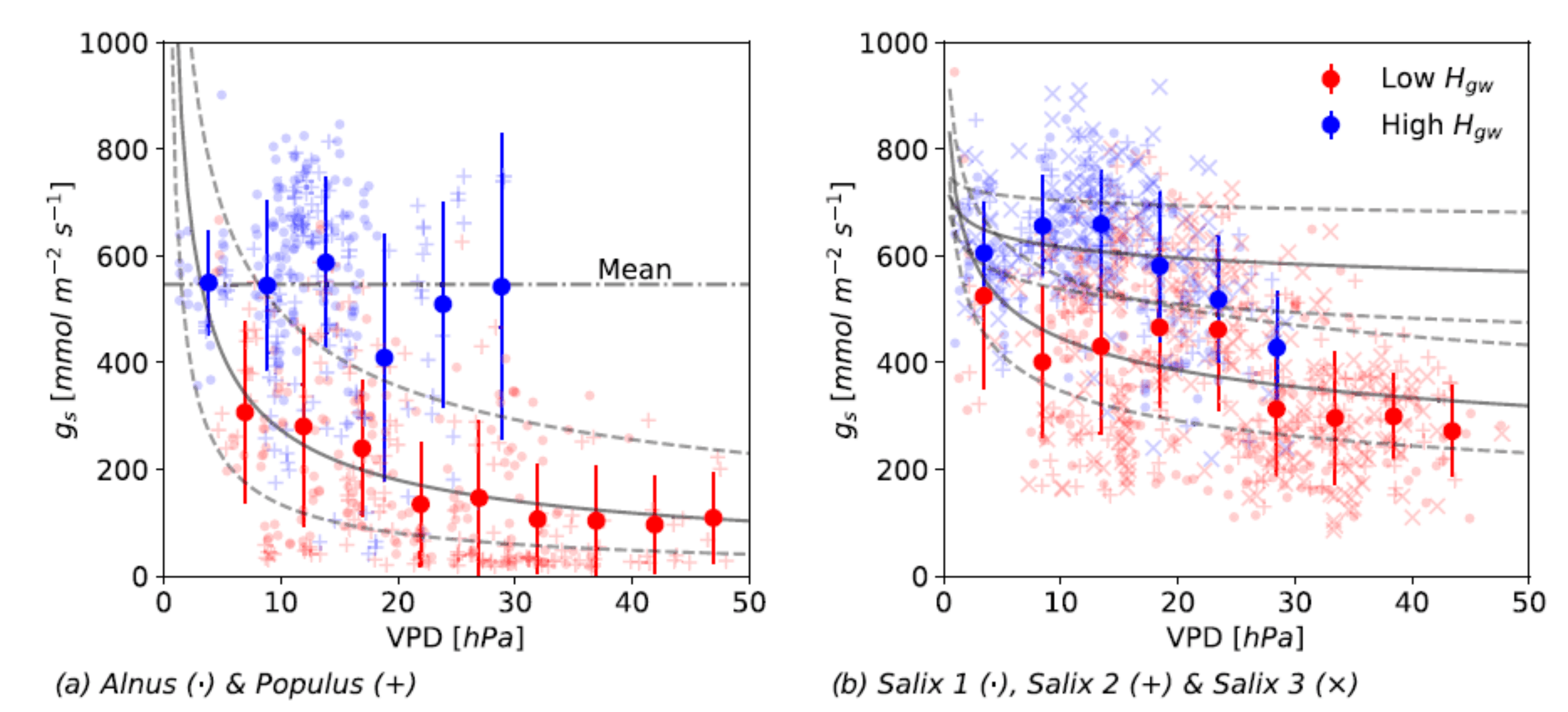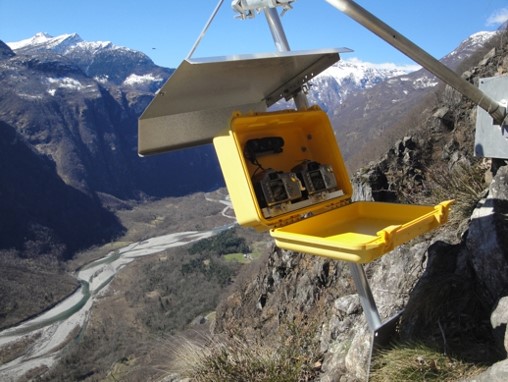MaVal - Maggia River Experimental Site
Dates: 2003 - 2025
Funding: BAFU, Sciex NMS, SNSF NFP70
PhD Students: Wolfgang Ruf (ETH), Katarina Dzubakova (Comenius University), Gianluca Bergami (ETH)
Master Students: Stefano Martinetti (ETH)
Investigator: Prof. Peter Molnar, Prof. Paolo Burlando
The Maggia River is a large braided gravel bed river in southern Switzerland, with one of the last remaining floodplain forests in Switzerland. It is a unique site to study the interactions of hydrology, geomorphology and riparian ecology in Alpine streams heavily affected by flow regulation. A hydropower system in the headwaters diverts 75% of the flow and releases seasonally constant minimum flow to the Maggia River, but allows for the passage of large geomorphically effective floods. In the Maggia River Experimental Site we conducted long-term studies of (a) the effect of floods on riparian vegetation dynamics; (b) river-aquifer interactions and impacts on groundwater; (c) aquatic habitat changes in pre- and post-dam conditions; (d) terrestrial monitoring of vegetation change. We used physically-based modelling tools, ground-based measurements, and advanced data analysis methods in our research. The Maggia River was also part of the TiRiLab.
Salix response to groundwater levels

In this research we provided field data evidence of riparian plant response to short-term groundwater table fluctuations by measuring indirect physiological variables for photosynthesis and transpiration (stomatal conductance and daily variation in stem diameter) at six mature riparian trees of the Salicaceae family at two sites with different mean depths to groundwater during two growing seasons. The data demonstrate that the water table depth was the best predictor of stomatal conductance variability at the site with deep groundwater, while at the site with shallower groundwater, temperature and vapour pressure deficit were the best predictors. We also showed that instantaneous stomatal conductance is conditioned by groundwater levels, and that local microclimate also plays a role. Our results provided evidence of riparian trees undertaking physiological adjustments to transpiration in response to groundwater stage, depending on their riparian floodplain setting.
Martinetti, S., Fatichi, S., Floriancic, M., Burlando, P. and Molnar, P. (2021) external page Field evidence of riparian vegetation response to groundwater levels in a gravel‐bed river. Ecohydrology, e2264, https://doi.org/10.1002/eco.2264
Remote riparian vegetation monitoring

The MaCam terrestrial monitoring system consisted of two digital cameras (Canon EOS 350D, 24mm lens and 8 Mpx CCD sensor) in visible (RGB) and near-infrared (IR) bands positioned above the floodplain of the Maggia River. Photographs were taken at midday from summer 2008. The data was used to estimate a range of vegetation indexes (e.g. NDVI) from which vegetation change can be quantified. We showed that both negative (damage) and positive (enhancement) response of vegetation can be detected following floods, with a selective impact based on the hydrogeomorphological setting and the intensity of the flood forcing. We also investigated the long-term response of riparian vegetation to water stress (drought) with the MaCam system complemented by measuring growth rates with dendrometers and from tree rings of riparian species (Salix, Alnus, Populus) and soil water content on gravel bars. This research aimed at direct determination of the effects of water stress by floods and droughts on riparian vegetation in Alpine rivers.
Dzubakova, K., Molnar, P., Schindler, K., Trizna, M., (2015) external page Monitoring of riparian vegetation response to flood disturbances using terrestrial photography, Hydrol. Hydrol. Earth Syst. Sci., 19, 195-208, doi:10.5194/hess-19-195-2015.
Probabilistic modelling of riparian vegetation dynamics

Floods drive inundation, erosion of the river bed, and the creation of new germination sites in river floodplains. We developed an approach to study these dynamics driven by a stochastic flood disturbance process and deterministic vegetation colonization in-between floods. Analytical solutions were derived to obtain the probability density functions of exposed sediment area as a function of the flood regime, and numerical simulations allowed the estimation of riparian vegetation distribution by succession and mortality. This research allowed the quantification of the impacts of changes in the flood disturbance regime on sediment and vegetation dynamics in Alpine rivers.
Perona, P., Molnar, P., Savina, M., and Burlando, P., (2009) external page An observation-based stochastic model for sediment and vegetation dynamics in the floodplain of an Alpine braided river, Water Resour. Res., 45, W09418, doi:10.1029/2008WR007550.
Perona, P., Camporeale, C., Perucca, E., Savina, M., Molnar, P., Burlando, P., and Ridolfi, L., (2009) external page Modelling river and riparian vegetation interactions and related importance for sustainable ecosystem management, Aquat. Sci., 71, 266-278, doi:10.1007/s00027-009-9215-1.